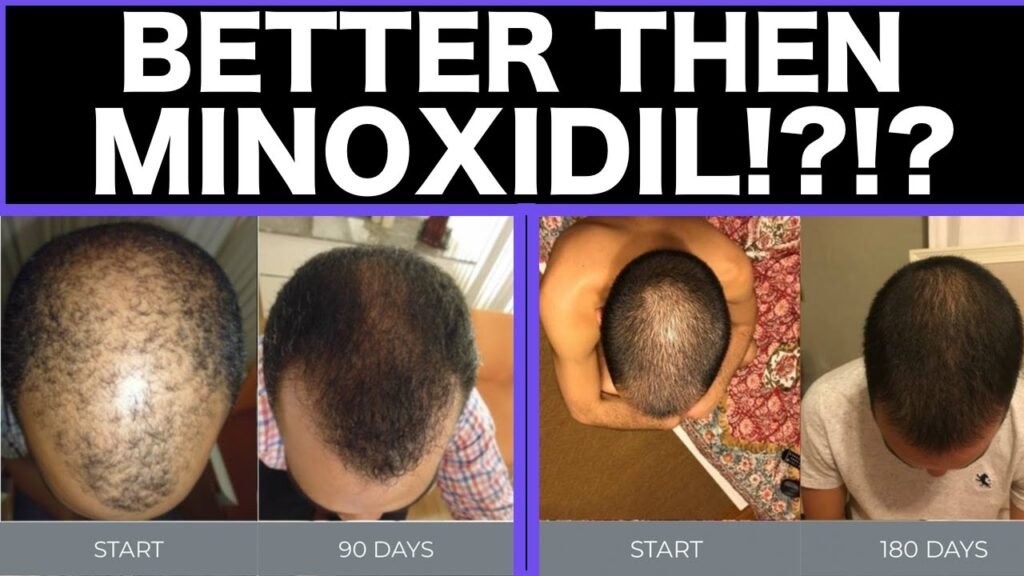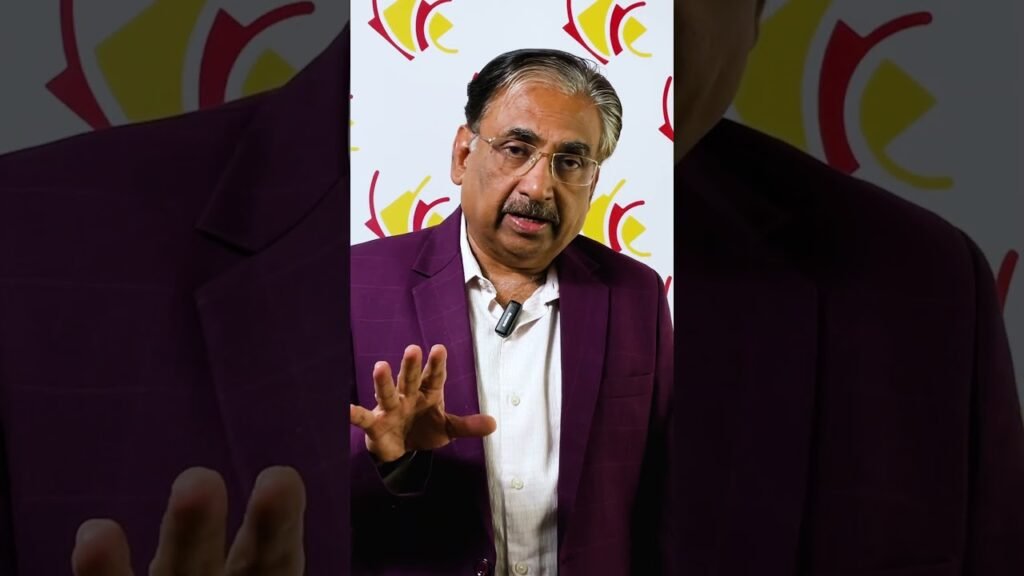Pros and cons of Minoxidil vs redensyl
Pros and cons of Minoxidil vs Redensyl
When considering hair growth treatments, understanding the pros and cons of Minoxidil and Redensyl can help you make an informed decision. Minoxidil, a well-known FDA-approved treatment, has been used for decades to stimulate hair growth and is widely recognized for its efficacy. One of the primary advantages of Minoxidil is its proven track record in promoting hair regrowth in cases of androgenetic alopecia, commonly known as male or female pattern baldness. Its availability in various forms such as topical solutions and foams also makes it a versatile choice for many users.
However, Minoxidil is not without its downsides. Some users report side effects such as scalp irritation, itching, and unwanted facial hair growth. Additionally, results from Minoxidil can take several months to become noticeable, and continuous use is required to maintain any hair regrowth, as discontinuation often leads to hair loss resuming. This commitment to long-term use can be seen as a disadvantage for some individuals.
In contrast, Redensyl is a relatively new player in the hair care market, touted as a plant-based alternative to Minoxidil. It is praised for its ability to target hair follicle stem cells, potentially promoting hair growth with fewer side effects. A significant advantage of Redensyl is that it is often marketed as a gentler option, with fewer reports of irritation compared to Minoxidil. Additionally, Redensyl can be appealing to those seeking a more natural or holistic approach to hair regrowth.
Nevertheless, Redensyl is still undergoing research, and its long-term efficacy and safety are not as well-documented as Minoxidil. As it is a newer treatment, there is less clinical evidence available to support its claims, which may be a concern for those looking for a thoroughly tested solution. Additionally, like Minoxidil, Redensyl requires consistent application for optimal results, which might not be ideal for everyone.


